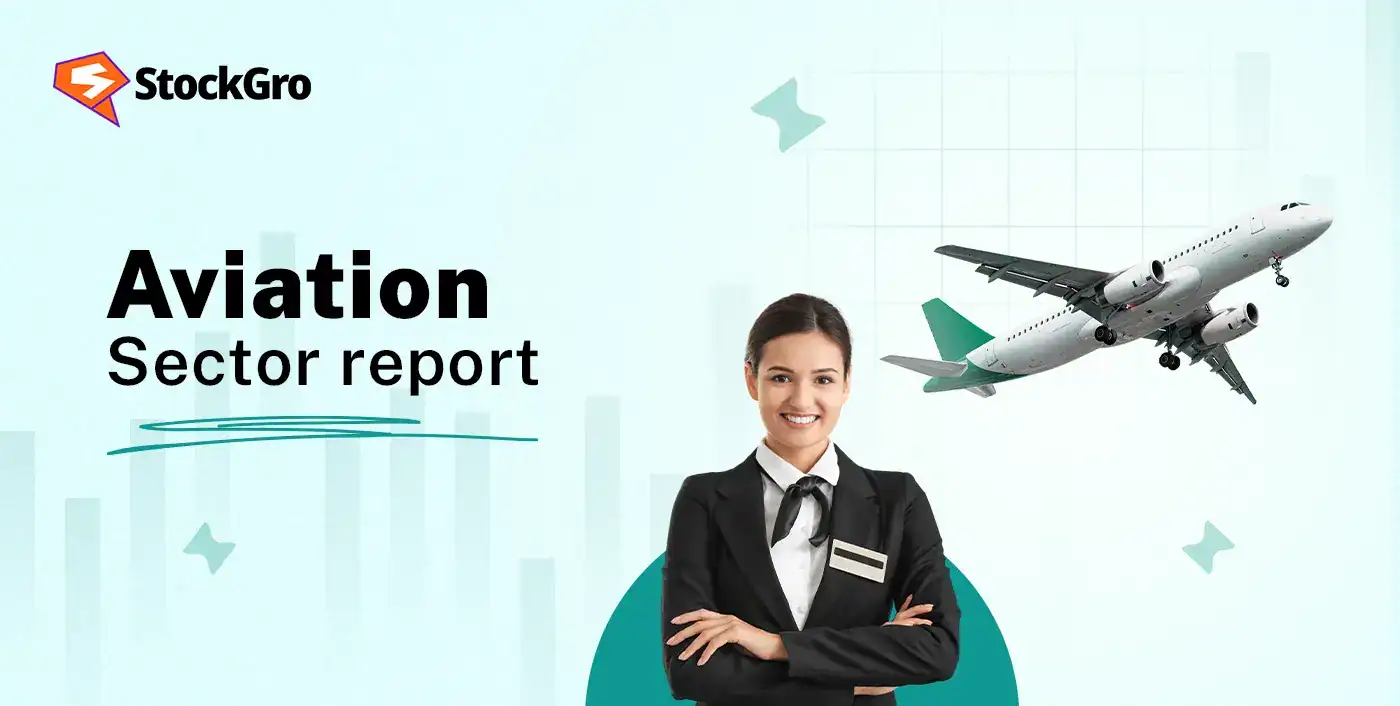
Sector overview
Air travel keeps rising as incomes, trade and tourism grow — but airlines remain a capital-intensive, cyclical business with tight margins. The sector is now shaped by fleet renewal, cargo growth, airport expansion, and an accelerating move toward sustainability.
Sector Overview
The aviation sector covers four core parts that together form the ecosystem:
- Airlines : passenger carriers (full service and low-cost), regional airlines, and cargo airlines. They sell seats and freight capacity.
- Airports & Ground Services : Airport operators, terminals, retail / duty-free, parking, ground handling, and passenger services.
- Maintenance, Repair & Overhaul (MRO) : servicing, repair and overhaul of aircraft, engines, components and interiors.
- Aerospace & OEM / Leasing : aircraft manufacturers, engine makers, avionics, and aircraft lessors/financing companies.
Each of these has different economics: airlines run on yield and load factor; airports earn stable non-fuel revenues from fees and retail; MROs are service businesses; OEMs and lessors are capex heavy.
Key Growth drivers
- Rising disposable incomes & business travel: More people travel for work and leisure as incomes rise.
- Tourism & international travel liberalization: Relaxed visa rules and marketing push tourism inbound/outbound.
- Trade & express cargo: E-commerce and just-in-time manufacturing drive air cargo demand.
- Regional connectivity programs: Government schemes to link smaller cities increase domestic seat demand.
- Fleet economics: New, fuel-efficient aircraft lower per-seat costs and enable new routes.
- Ticket affordability: Low-cost carriers (LCCs) make flying accessible to more households.
Industry structure & economics
- Airlines: Revenues = seats sold × yield. Key levers: passenger-load factor (how full flights are), yield (average fare per passenger-km), ancillary income (bags, meals, seats), and cost per available seat-km (CASK — fuel, maintenance, staff). Small changes in yield or fuel swing profits heavily.
- Airports: Earn landing/parking fees, passenger fees, retail + parking + real estate. High fixed costs, but steady cash flows and real estate upside.
- MROs: Earn margins from labour and parts provisioning; scale and approvals (OEM, regulator) matter.
- Lessors / OEMs: Capital intensive; profits depend on utilization, lease rates, and residual values.
Key trends shaping the sector
- Fleet modernization: Airlines replacing older planes with more fuel-efficient models (A320neo family, 737 MAX, A220, widebodies) — lowers fuel cost and opens long-thin routes.
- Cargo & express logistics growth: E-commerce is a sticky secular trend; belly cargo on passenger flights + dedicated freighters are both growing.
- Regionalization & secondary airports: Development of regional airports reduces congestion and opens new catchment areas.
- Digital & ancillaries: Better dynamic pricing, ancillaries, loyalty programs and baggage/seat upsells improve unit economics.
- Sustainability push: SAF (Sustainable Aviation Fuel), electric taxiing, and operational efficiencies become priority; regulators and corporates demand net-zero roadmaps.
- Consolidation & alliances: Code shares, joint ventures, and consolidation can stabilize yields and reduce duplication.
- MRO localization: Countries trying to build domestic MRO capacity to reduce import dependency and retain parts of the value chain.
Major risks & constraints
- Fuel price volatility: Fuel is a large share of costs — spikes hurt profits quickly.
- Macroeconomic slowdown: Travel is discretionary; recessions or weak corporate travel dent demand.
- Currency risk: Airlines and lessors face foreign-currency liabilities (leasing, maintenance), while fares are domestic in local currency.
- Overcapacity / price wars: Excess capacity among carriers leads to price cuts and margin erosion.
- Regulatory & tax changes: Airport charges, taxes, or restrictive policies increase costs or reduce demand.
- Operational shocks: Pandemics, geopolitical events, natural disasters or large accidents create demand shocks and reputational risks.
- Financing & interest rates: High interest rates increase the cost of aircraft finance and lessor spreads.
- Environmental pressure: Cost of SAF and carbon rules may increase operating costs unless subsidised.
How to read sub-segments
A. Airlines — metrics to watch
- Passenger traffic (ASKs/RPKs): Available Seat Kilometres (ASK) and Revenue Passenger Kilometres (RPK). Load factor = RPK / ASK.
- Yield & CASK: Yield = revenue per RPK; CASK = cost per ASK. Profit = (Yield − CASK) × ASK.
- Ancillary revenue %: Higher ancillaries reduce reliance on fares.
- Fuel hedging & fuel cost % of revenue.
- Debt / lease obligations and liquidity runway.
- Fleet age & composition: younger, efficient fleets improve costs.
B. Airports — metrics to watch
- Passenger throughput and cargo tonnage.
- Non-aero revenue % (retail, F&B, real estate). Higher non-aero means better margins.
- Capacity utilisation and planned expansions.
- Concession terms & tariff regulation (APM/AAI/privates).
- Retail per passenger (RPP): how much each passenger spends in airport retail.
C. MRO & OEM / Lessors
- Utilisation, shop visits, lead time and claims for MROs.
- Certification & OEM tie-ups — approvals raise barriers to entry.
- Lease rates, aircraft orderbook, and residual values for lessors/OEMs.
Investment themes & playbooks
- Core long-term plays: Large private airports (stable cash flows, real estate upside) and strong, disciplined airlines with healthy balance sheets and modern fleets.
- Growth plays: Regional carriers or MROs (if balance sheets are well-managed) — higher reward, higher risk.
- Thematic plays: Cargo/logistics integrators, airport retail & hospitality, SAF producers, and leasing companies as aircraft demand recovers.
- Event-driven / cyclical trades: Buy smaller airline stocks on big dips when capacity rationalisation or fuel eases — only for risk-tolerant investors.
- Sustainability angle: Companies with clear SAF roadmaps, fleet renewal plans and carbon targets may command premium multiples longer-term.
Valuation and Stock Market Trends
| Bank | CMP(in ₹) | P/E | RoCE | 1Y Returns |
| Interglobe Aviation | 5,681 | 33x | 17% | 16% |
| Spicejet | 30 | NA | 9% | -54% |
| FlySBS Aviation | 533 | 32x | 34% | 15% |
| TAAL Enterprises | 2,881 | 17x | 32% | 0% |
Recommendation: Overweight the Aviation Sector with a 12–18 month horizon, especially in portfolios seeking capital growth.Conclusion
The aviation sector sits at an attractive junction: rising travel demand, cargo growth and airport monetisation create multi-year upside. But airlines are still exposed to fuel, cyclicality and capital costs — the winning bets are disciplined carriers, well-located airport operators, and businesses tied to cargo and sustainability solutions. Investors should pair long-term conviction with active monitoring of fuel, demand momentum and balance-sheet health.
If you found this helpful and want regular stock trade calls, check out my StockGro profile here: https://stockgro.onelink.me/vNON/6m6ykj0d
